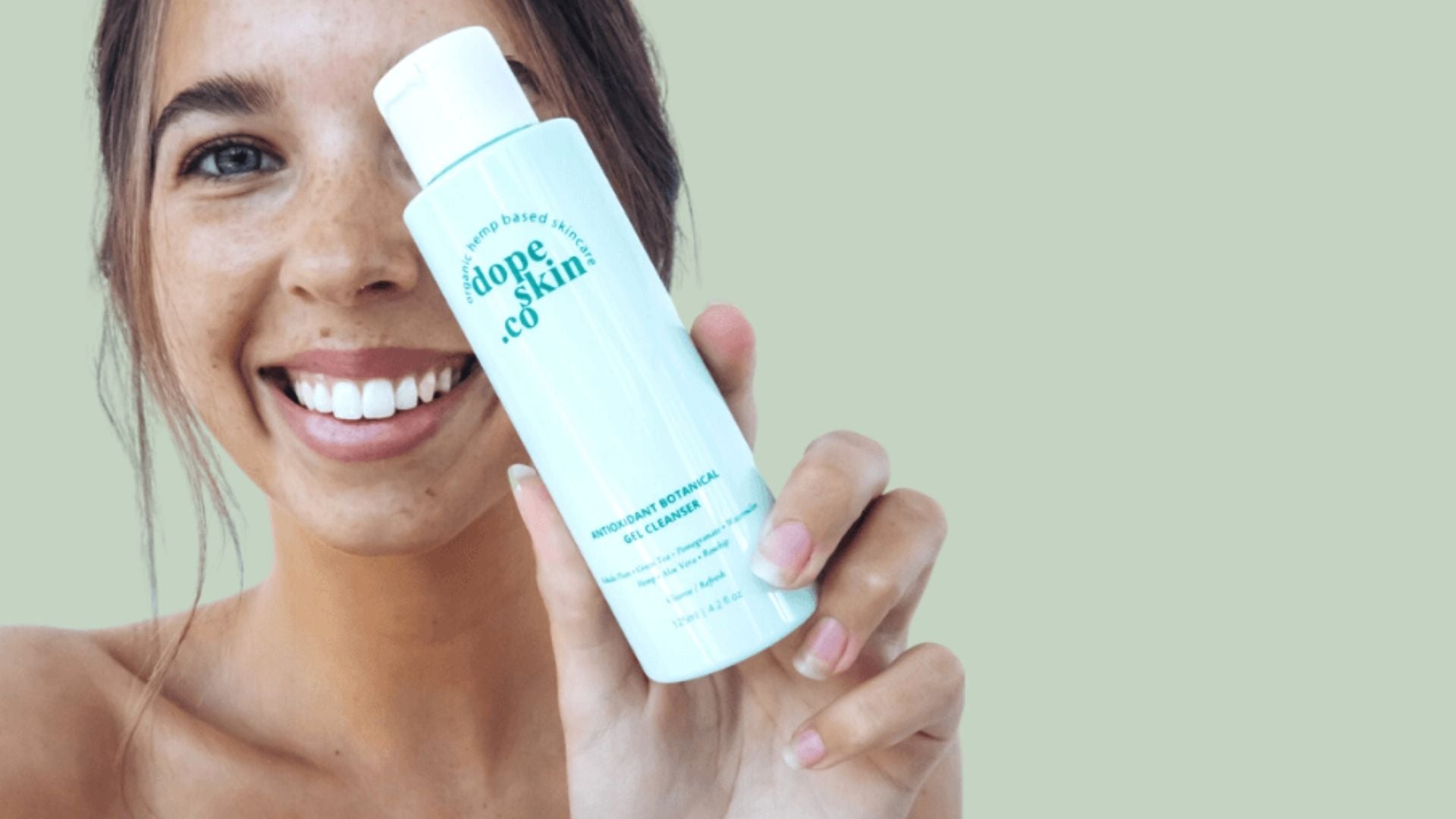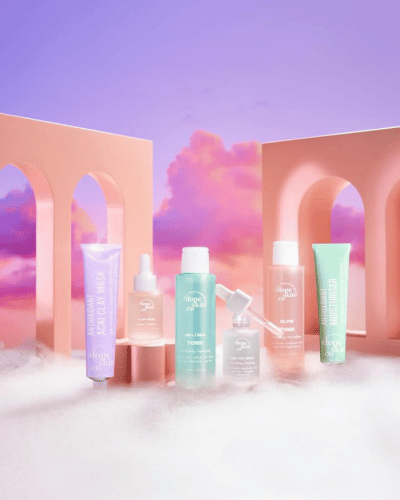
What is Sebum and Why Do We Need it For Healthy Skin?
In this article, we’re discussing all things sebum. Sebum is a word you’ve probably heard before, but that you may not really understand. That is where we come in. Keep reading to discover all there is to know about sebum, including its benefits when it comes to healthy skin.

What is Sebum?
First thing’s first, sebum is a scientific word for the natural oil that our bodies emit. This oily substance is produced in the sebaceous glands.
The sebaceous glands are located in the middle layers of the skin, near the hair follicles. The sebum that we can identify on our skin is actually a mixture of sebum and fat molecules, otherwise known as lipids.
When sebum is produced by our sebaceous glands, it then mixes with lipids to form a protective barrier or coating on the surface of the skin.
Most people associate sebum with their face, and they are right to do so as our face, along with our chests and our scalps, contain the highest concentrations of sebaceous glands on our bodies. (Fun fact: your face may contain up to 900 sebaceous glands per square centimetre.)
It’s important to understand what while everyone’s body naturally produces sebum, the amount of sebum it produces varies.
𝗪𝗵𝗮𝘁 𝗮𝗳𝗳𝗲𝗰𝘁𝘀 𝘁𝗵𝗲 𝗽𝗿𝗼𝗱𝘂𝗰𝘁𝗶𝗼𝗻 𝗼𝗳 𝘀𝗲𝗯𝘂𝗺 𝘁𝗵𝗲 𝗺𝗼𝘀𝘁?
You guessed it - hormones! Hormones in particular play a major role in sebum production (especially testosterone).
That is why you’ll notice that oily skin (and consequently, acne) are more common during puberty, as the body is flooded with testosterone during this period.
Generally speaking, sebum production gradually slows down as you age, and while you might think that’s a good thing, sebum actually offers plenty of benefits.
The Benefits of Sebum
Moving onto the benefits of sebum - of which there are many! Sebum gets a bad rap because many people associate it with acne.
While an overproduction of sebum can trigger acne, sebum generally does more good than harm, and to be honest, we’d be lost without it.
○ Sebum is extremely hydrating. As mentioned above, by the time sebum reaches the skin’s surface it has brought with it lots of hydrating fat molecules.
These fat molecules serve to lock in tons of moisture, leaving your skin hydrated and more flexible.
○ Sebum is also a carrier of antioxidants (once again, thanks to the fat molecules it contains). Fat-soluble antioxidants, such as vitamin E, are transported to the surface of the skin by way of sebum.
Antioxidants have a whole host of skin benefits, one of the most important being that they protect your skin against free radicals, such as UV rays or pollution, which can cause serious damage.
○ Sebum has incredible anti microbial and anti inflammatory properties. Sebum is considered slightly acidic on the pH scale, containing sapienic acid and other fatty acids, which work to prevent viruses and bacteria from penetrating the skin’s natural barrier.
This helps to reduce your risk of staph infections and other conditions like atopic dermatitis. This presence of fatty acids also have natural anti inflammatory properties, which reduces redness.



